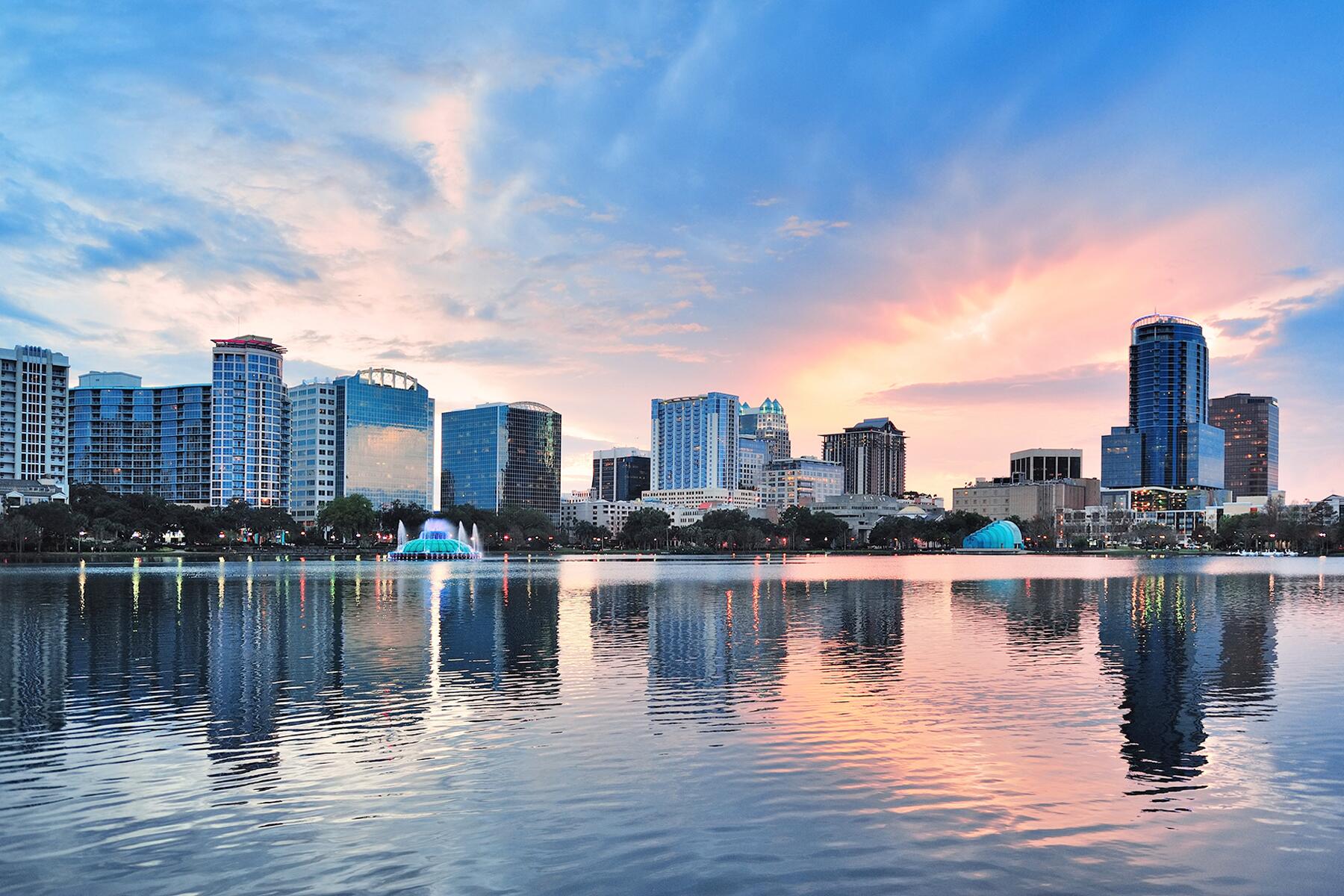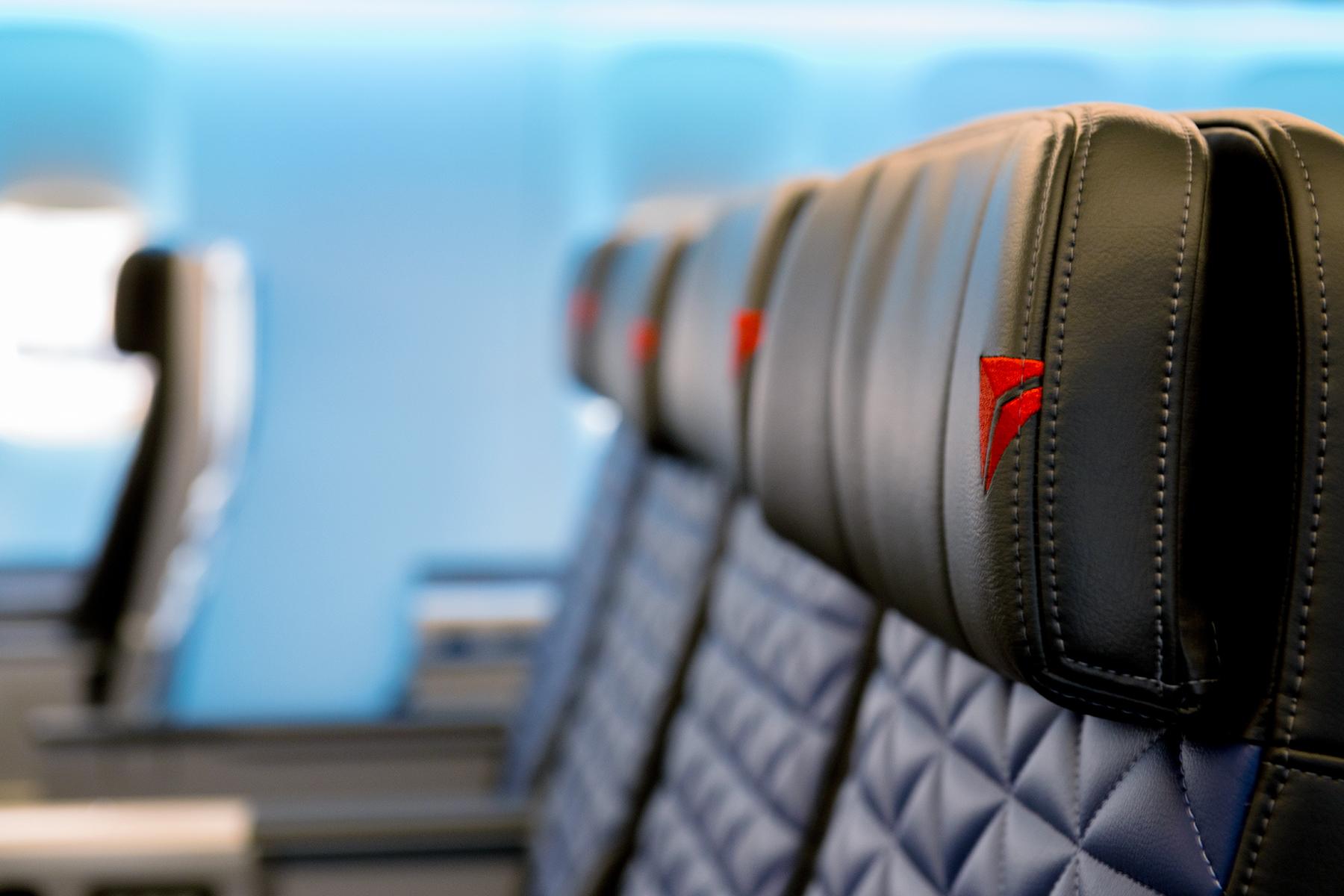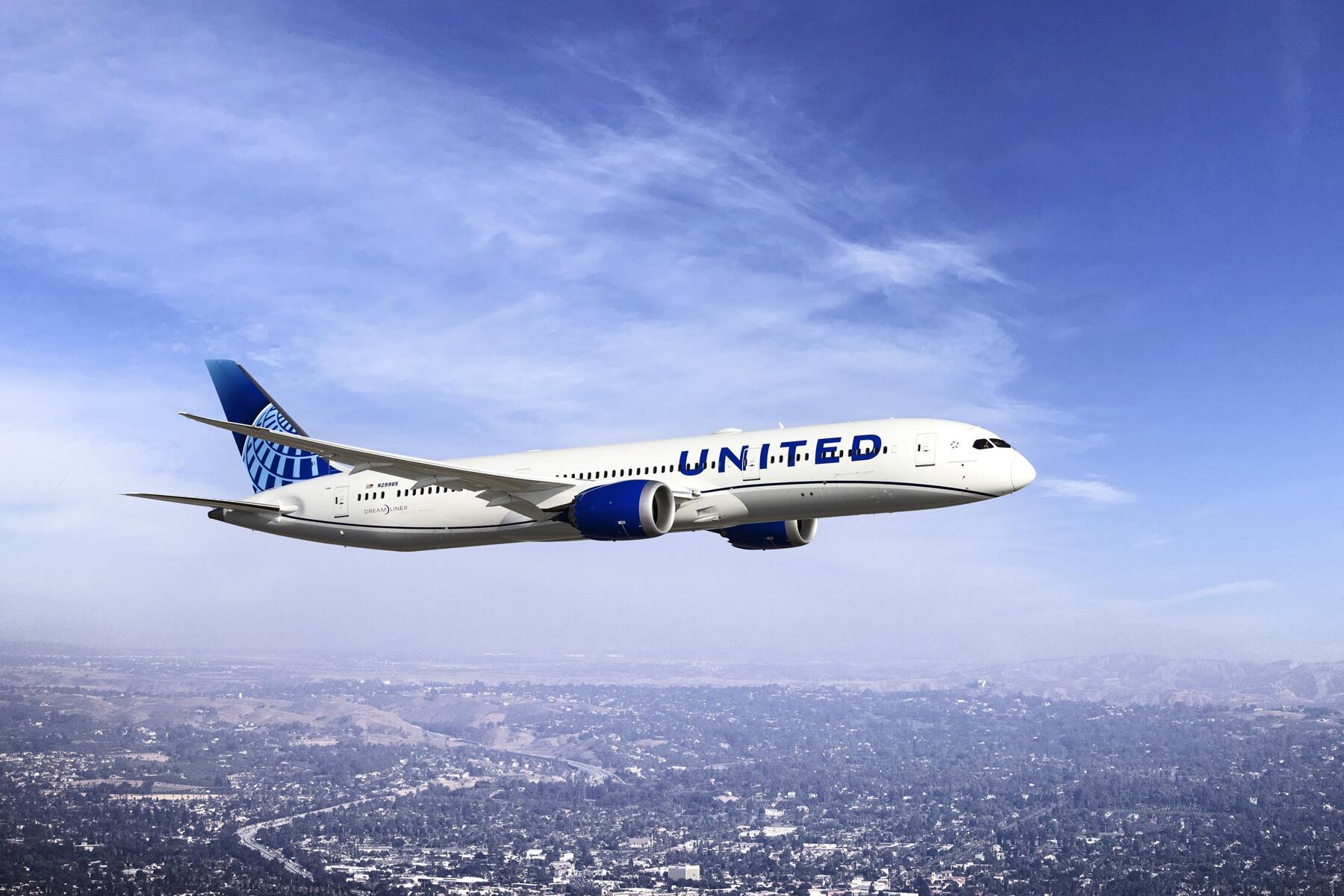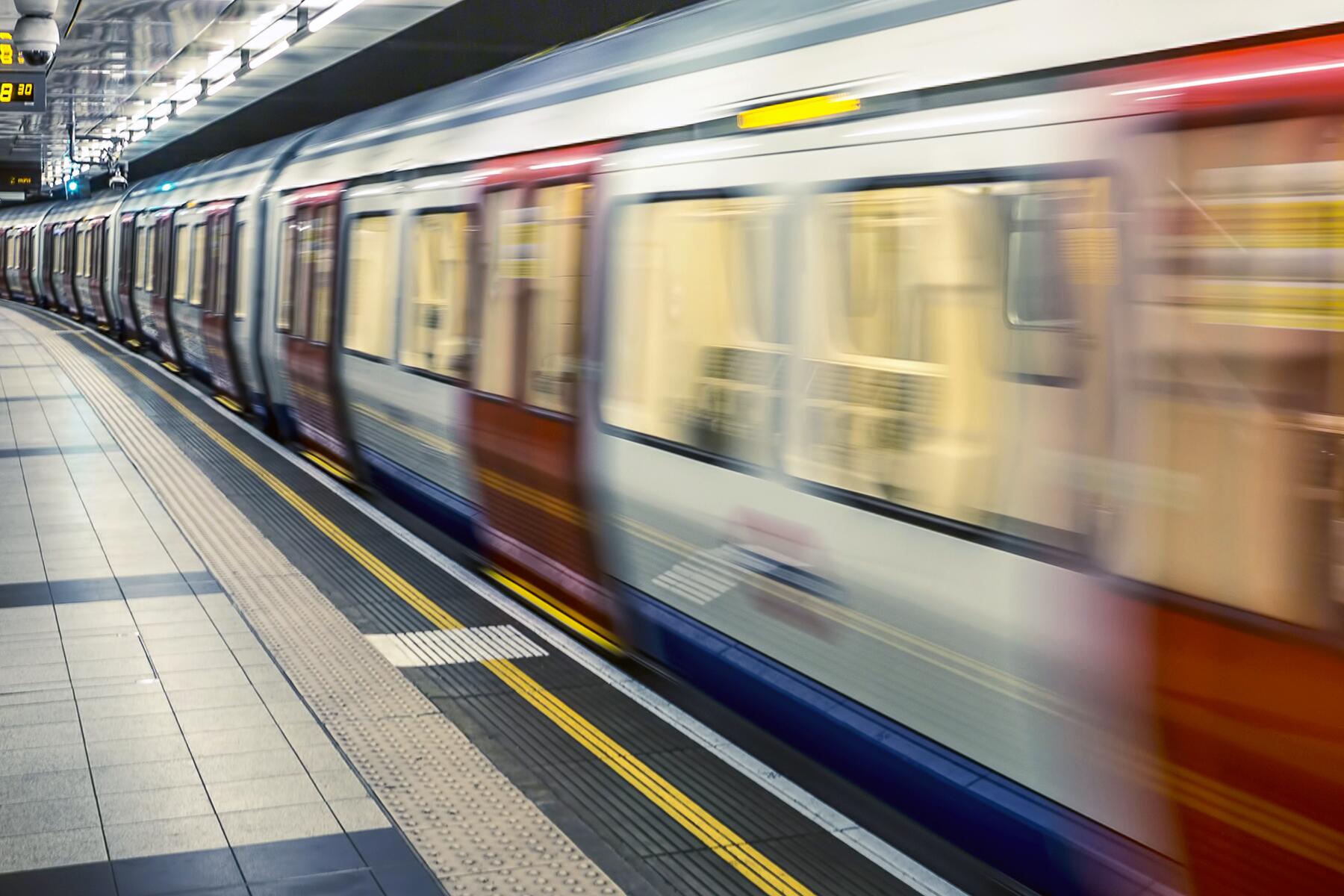Stand on the right, mind the gap, and other helpful tips for the London Underground.
Forget taking expensive taxis or the horror of renting a car (you’ll spend longer stuck in traffic than doing much else). The Underground (or the Tube, as it’s known across the pond) is London’s not-so-secret weapon and hands-down the most efficient way to travel around the British capital. With 11 lines serving 272 stations, you’re bound to be a 5 to 15-minute walk away from a stop anywhere in the city.
The only problem? The city’s public transport system—the world’s very first underground railway—is so advanced as to be a bit of a logistic nightmare to get your head around for the first time. But don’t fret, the Tube carries around 1.35 billion passengers to their destinations every year, so with a little prep and a handy map, you’ll be ready to make your way around like a local in no time.
Related: The Best Things to Do in London
The London Tube Map, Explained
The English region of Greater London is divided into nine concentric zones. These comprise the City of London and the 32 boroughs surrounding it, with Zone 1 being the city center and Zone 9 taking you all the way to the city’s outskirts. You’ll find most tourist attractions and city landmarks in zone one, but if you’re staying longer than a day or two, you’ll definitely want to venture further out: some of London’s best parks, restaurants, and activities that don’t cost a dime are located in zones two and higher.
Top Picks for You
Recommended Fodor’s Video
Transport for London (TfL) oversees the city’s extensive public transport network, which includes the Underground, the Overground, buses, trams, the Docklands Light Railway, and even a cable car system that will have you gliding above the Thames and the city skyline!
You’re bound to ride at least one of London’s eleven Tube lines throughout your stay: the purple Metropolitan line, the oldest underground railway in the world; the brown Bakerloo line, which serves some of Central London’s top tourist areas; the yellow Circle line, which runs in a spiral; the red Central, green District, and pink Hammersmith & City lines, which cross the city from West to East; the gray Jubilee line, one of the most recent Tube lines; the black Northern line, which runs north to south; the turquoise Waterloo & City line, the shortest one on the network; and the blue Piccadilly and Victoria lines, which cover most of the city’s center. Plus, the newly-added Elizabeth Line, part of the Cross rail network.
INSIDER TIPWhile you can pick up a paper copy of the complete TfL map at any station, you can also save this one to check out on your phone/tablet for maximum ease.
Related: The Complete Guide to London’s Neighborhoods
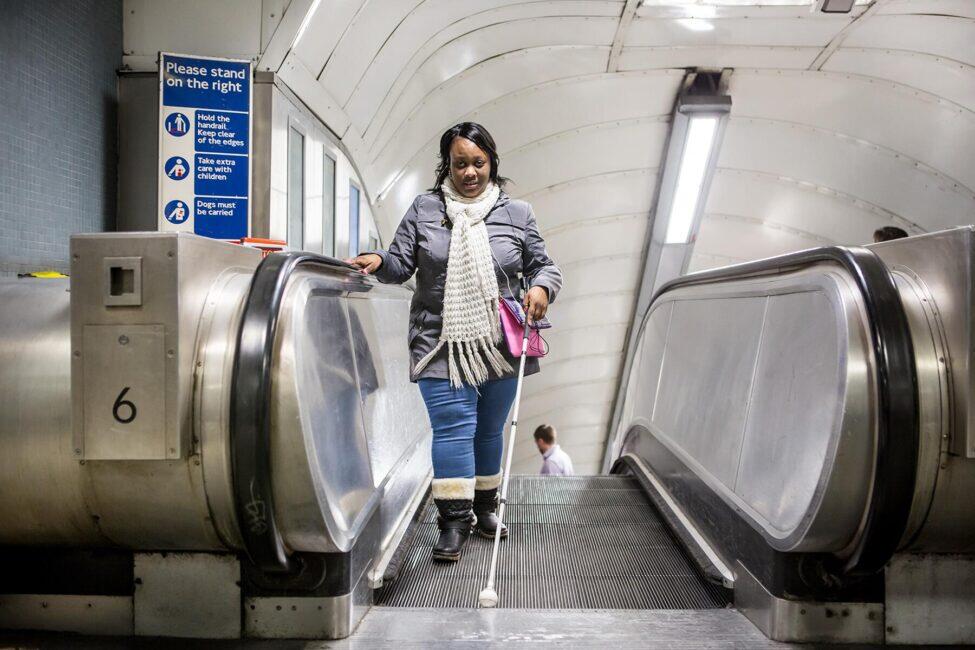
Is the Tube Safe?
London is a big metropolis, and you should never forget to behave accordingly (keep your belongings safe, don’t stand too close to the platform edge, beware of pickpockets, and plan your route well), but overall, the Tube is incredibly safe.
TfL funds 2,000 officers across three separate police divisions who are tasked with patrolling the network. CCTV cameras cover every inch of space, and you can promptly report any unattended items or suspicious behavior you should witness to the British Transport Police in accordance with the popular “See it. Say it. Sorted” campaign you’ll hear announced on every ride.
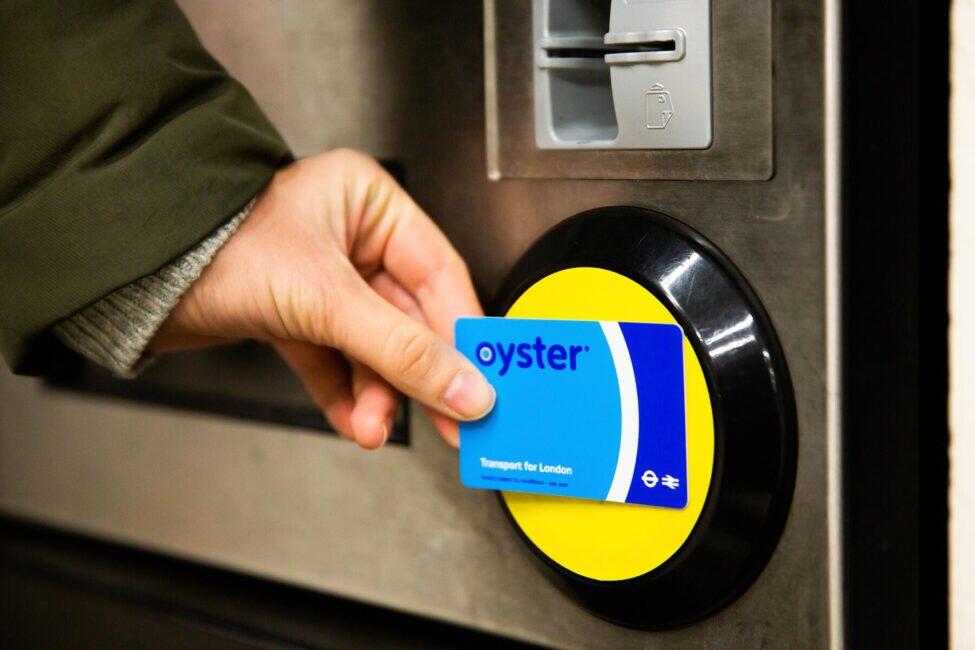
Save With Contactless or Oyster Cards
The Tube will take you anywhere you need to go within the nine zones, but ticket prices differ significantly depending on which zones you travel through.
If you’re in town for a few days, touching in and out of each station with a pay-as-you-go Oyster card, mobile device, or contactless bank card is the easiest and by far the cheapest way to travel around London, as daily and weekly price caps automatically apply (£8.10 per day for zones 1-2, £40.70 per week from Monday to Sunday for zones 1-2).
Remember to pick one method and stick to it, however, as this won’t work if you touch in with an iPhone and touch out with an Apple Watch. You could also get a One Day Travelcard for £15.20 for zones 1-6, a Seven Day Travelcard (£40.70 for zones 1-2, £74.40 for zones 1-6), or a Monthly Travelcard (£156.30 for zones 1-2, £285.70 for zones 1-6) if you’re staying for a while.
INSIDER TIPWhatever you do, just don’t buy single journey tickets for the exorbitant starting price of £6.70 each.
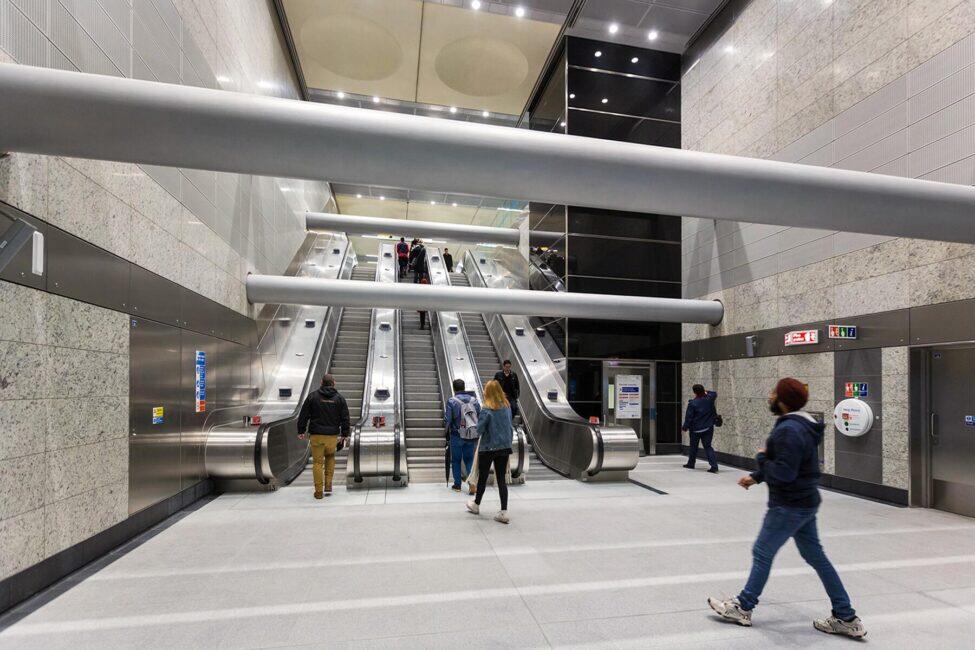
Plan Your Trip
Always plan ahead to avoid unnecessary panic and headaches—you don’t want to show up at the station and figure out where to go while busy commuters and screaming kids try to squeeze past you!
You also don’t want to accidentally board the wrong train, which is shockingly easy (Circle line, I’m looking at you) if you don’t check the front of the train before boarding to ensure it’s the right one. Try to factor in some extra time in case there’s any delays, and rest assured that TfL staff is present at every station should you get lost.
The Citymapper free mobile app and web platform will be your new best friend: with live information including strikes, delays, and planned closures notifications, multiple route options complete with respective prices, offline maps, and the option to compare your train journey to taking a cab or walking, it’s every Londoner’s secret weapon. And yes, sometimes you are better off walking: Leicester Square and Covent Garden stations, for example, are only 260 meters (800 feet) apart.
INSIDER TIPYou can also use Google Maps or the TfL Go app, but Citymapper’s going-the-extra-mile attitude truly makes it the only app you’ll ever need.
Related: The Best Restaurants in London
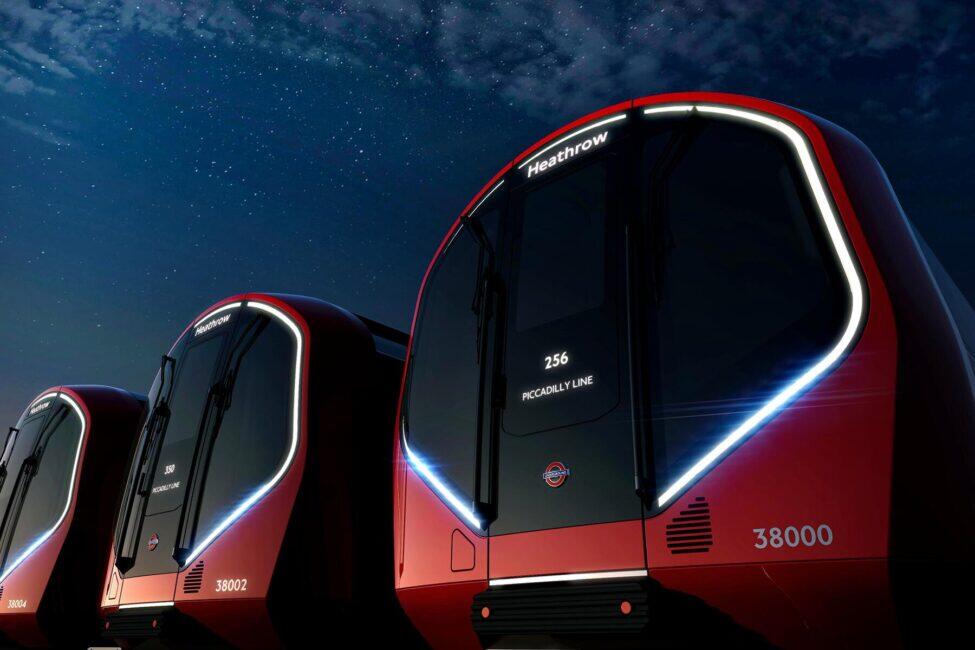
The Night Tube
A 24-hour service currently runs on selected lines (Central, Jubilee, Northern, Piccadilly, and Victoria, plus the stretch of Overground between New Cross Gate and Dalston Junction) on Friday and Saturday nights only.
Night Tube trains run every 8 to 10 minutes, and all stations are staffed as long as trains are running. Day Travelcards are valid until 4:30 am on the day after they are issued, and the same is true of daily capping for Oyster and contactless payments.
INSIDER TIPSave this Night Tube map and this map of which stations have taxi ranks to your phone or tablet, and you won’t have to wonder where to go at 2 a.m. ever again.
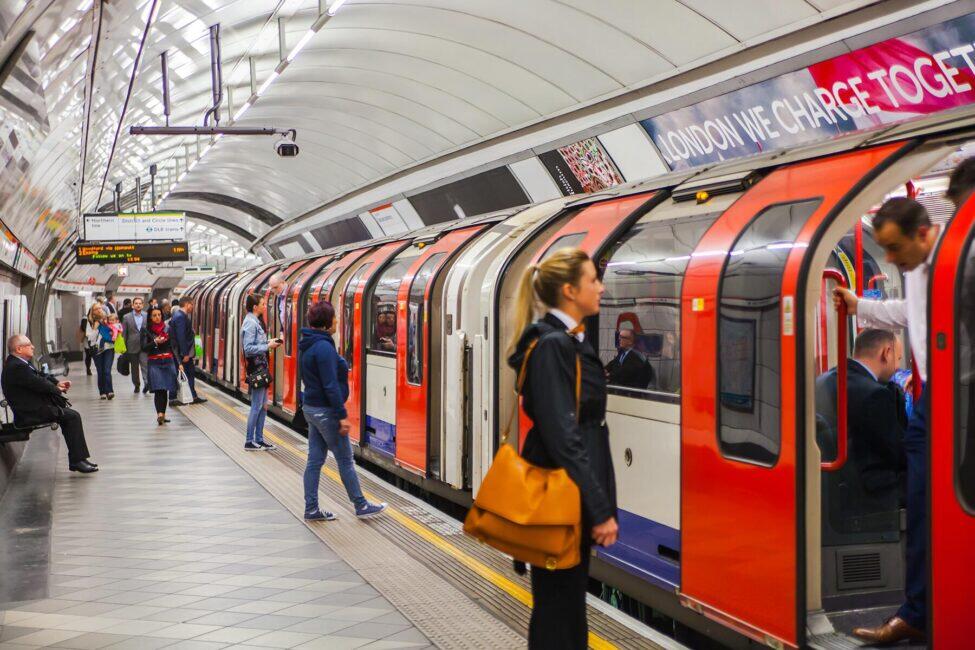
Tube Etiquette and Other Tips
Brits are known for their manners, so you should do your best to blend in with the extra-polite crowd. That is except on a Friday and Saturday night, when you’re more likely to see drunk groups than Benedict-Cumberbatch-type gentlemen on their way to cricket.
Here are our best etiquette tips and other helpful things to remember: while waiting for your train, always stand behind the yellow line; let passengers off the train before boarding; always let the elderly and pregnant women have your seat, but also keep an eye out for the “Please offer me a seat” badge that someone with invisible disabilities may wear; move down inside the carriage to make space for other passengers trying to board, and remember to stand on the right of the escalators to let people walk on the left.
If you can, avoid traveling during rush hour, which happens between 7 am and 8:45 am and then again from 4: 30pm to 6:45 pm. When it’s particularly busy, you may find yourself squeezed between other passengers—just remember not to make eye contact with anyone around you, especially the person whose armpit is hovering right next to your nose. Just keep your voice and your eyes down, and for goodness’ sake, don’t play music without your headphones, ever.
